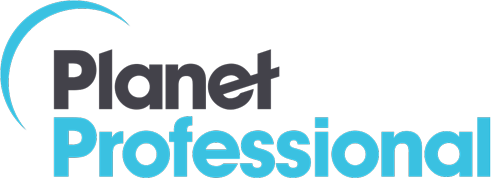How to Facilitate Continuous Learning and Development
Today, most organizations and leaders understand the need for continuous learning and development (L&D). Less of them, however, have a concrete plan for implementing it.
Numerous sources and reports show that L&D programs boost retention, productivity and job satisfaction, particularly for employees just starting out in their career. And though many companies are beginning to place a higher priority on upskilling, resources dedicated to L&D vary widely between firms. The burning question is, then: How can companies begin to foster an environment where options for continuous learning are both available and encouraged? Here are some key aspects to keep in mind.
Create a Learning Culture
To begin with, fostering a culture that values and encourages learning is paramount. A learning culture is one where employees feel motivated to continually enhance their skills and knowledge. Companies can achieve this by having their leadership actively promote and participate in learning activities, which sets the tone for the rest of the organization. Additionally, organizations should acknowledge and reward employees who engage in learning activities, whether through public recognition, certifications, or career advancement opportunities. Encouraging experimentation and learning from mistakes also reduces the fear of failure and fosters a positive workplace culture.
Provide Access to Diverse Learning Resources
Every employee learns differently. Some prefer formal training sessions, while others thrive on self-paced online courses. To cater to various learning styles, companies should invest in e-learning platforms that offer a wide range of courses. Platforms like LinkedIn Learning, Coursera, or company-specific Learning Management Systems (LMS) provide employees with flexible, on-demand learning opportunities. Additionally, companies can organize in-house workshops, webinars, and seminars that address industry trends, new technologies, and skill development.
Communicating these offerings is equally important. You may have a host of learning and development opportunities, but if employees aren’t made aware of the tools available to them, you will see less ROI. Implementing a structured communications plan for L&D—in addition to providing diverse resources—will be essential for ensuring employees take part.
Align Learning with Career Development
Linking learning opportunities with career growth paths ensures that employees see the tangible benefits of their development efforts. Companies can achieve this by working with employees to create personalized development plans that align with their career goals and the company’s needs. These plans should outline the skills employees need to acquire, the resources available to them, and milestones for progress. Providing transparency in career progression is also crucial. Employees should understand how acquiring certain skills and competencies will advance their careers within the organization.
Leverage Technology for Learning
The right technology can significantly enhance the effectiveness of L&D programs. Companies should consider using AI-powered learning tools to recommend personalized learning paths for employees based on their current skills, career goals, and learning preferences. What’s more, incorporating gamified elements into learning, as some platforms do, can spur employees to complete courses and engage with learning material more deeply.
Regular Feedback and Assessment
Continuous learning requires continuous feedback. Too often do employees complete a course or workshop, only to receive no follow up on how they’re integrating what they’ve learned into their workflows. Regular assessments and feedback, then, ensure that learning is effective and aligned with organizational goals. These assessments can be used to adjust learning plans and provide targeted resources. Incorporating discussions about learning and development in performance reviews is also essential. Employees should be encouraged to reflect on their learning experiences and how they have applied new skills in their roles.
Facilitating continuous learning and development is not just a nice-to-have; it is a strategic imperative for companies that want to stay competitive and retain top talent. By creating a learning culture, providing diverse resources, aligning learning with career goals, utilizing new technology, and offering regular feedback, companies can begin to build an environment where employees are continuously growing, innovating, and contributing to the organization’s success.
Photo Credit: Canva



